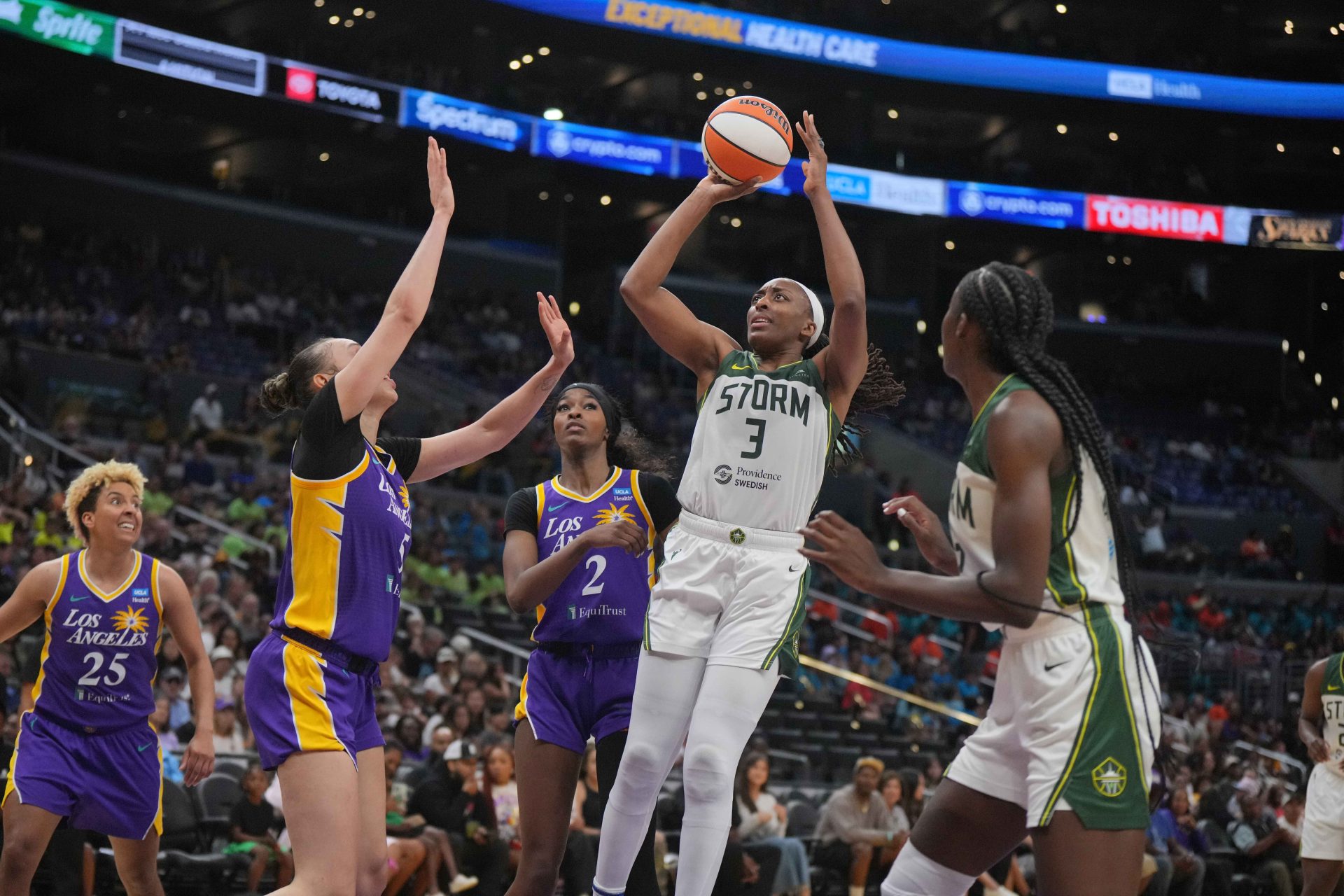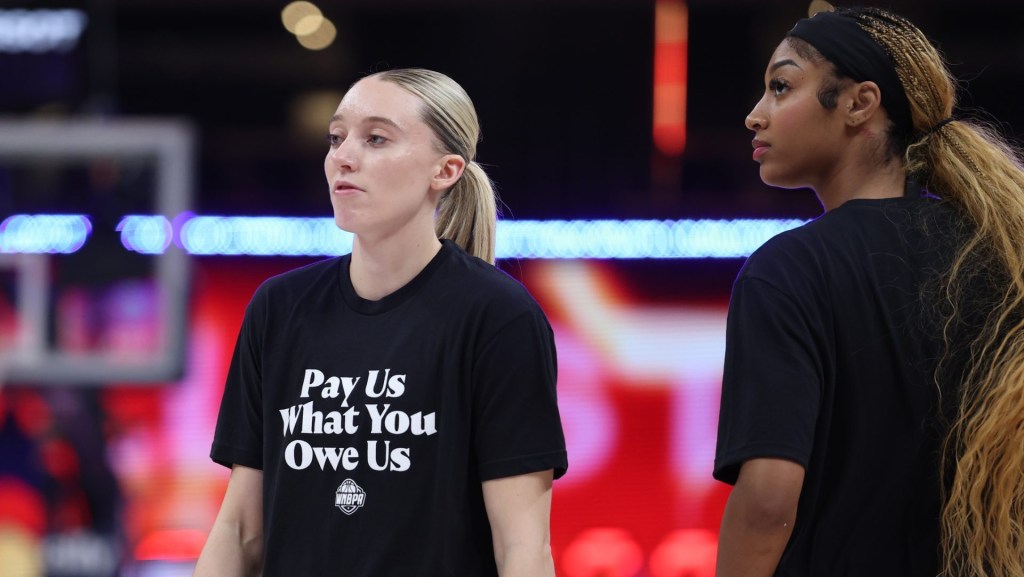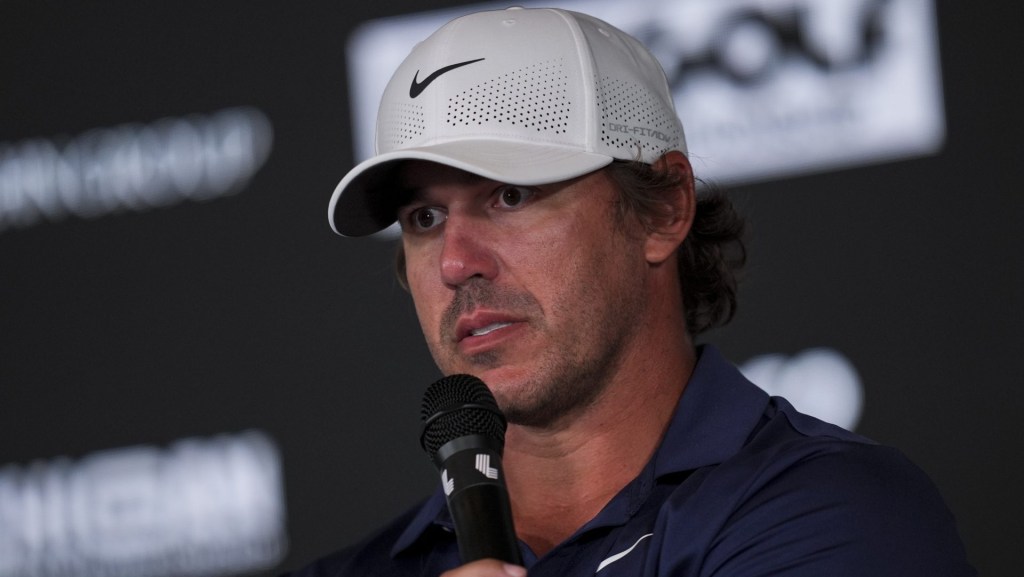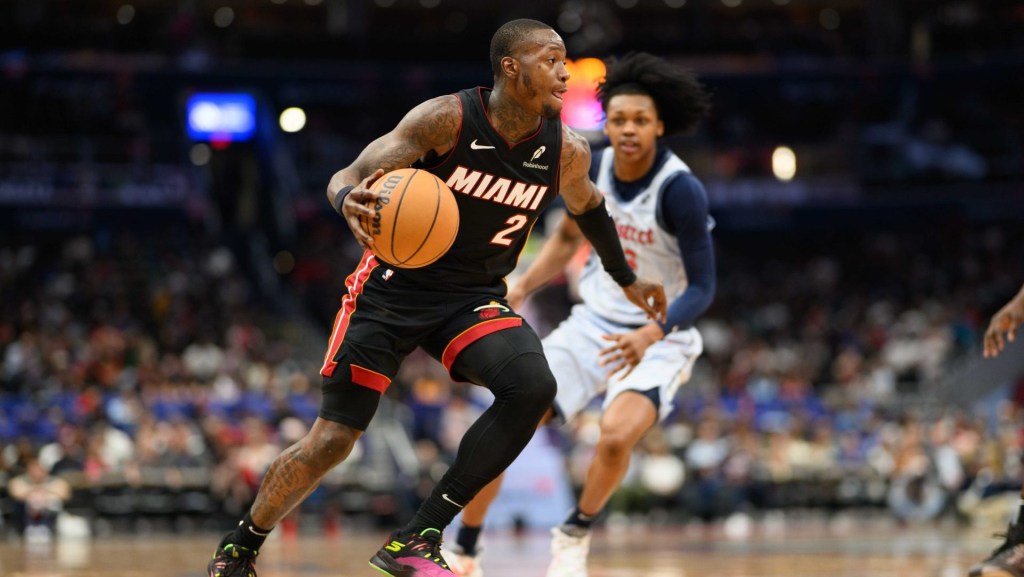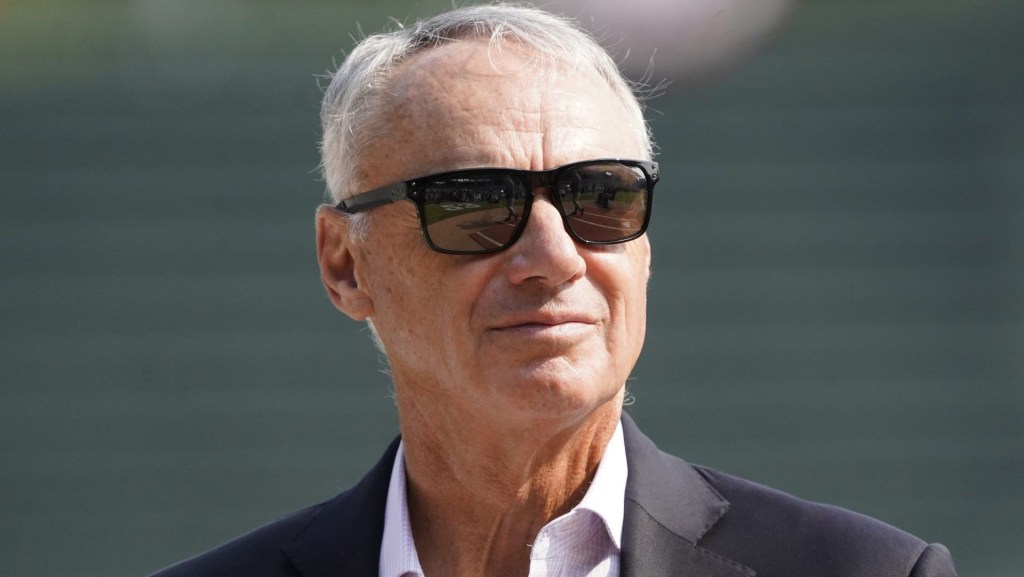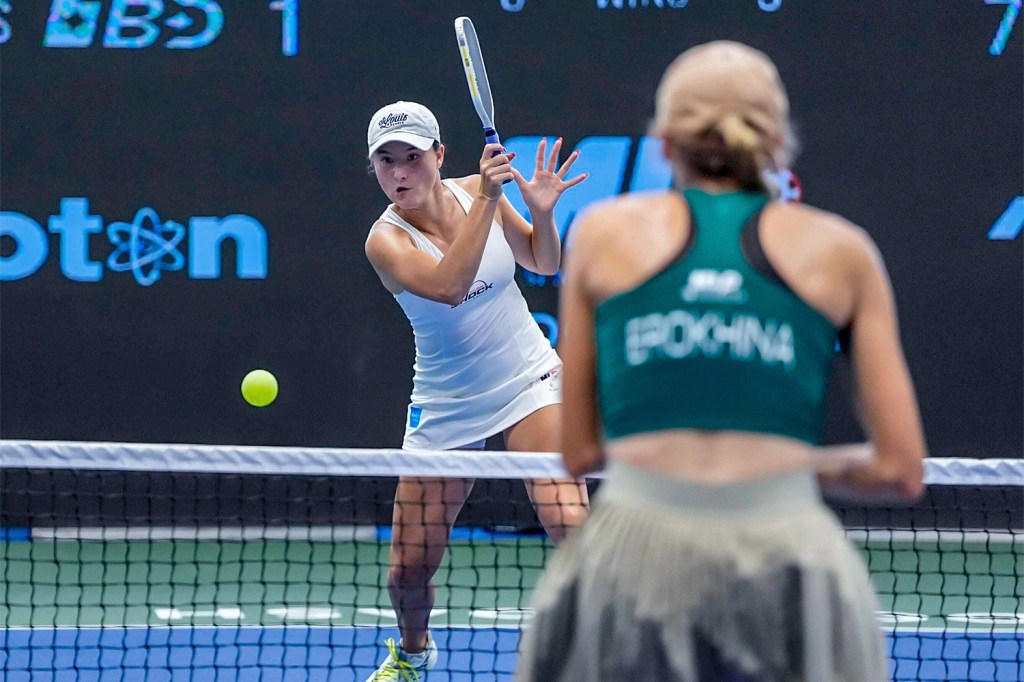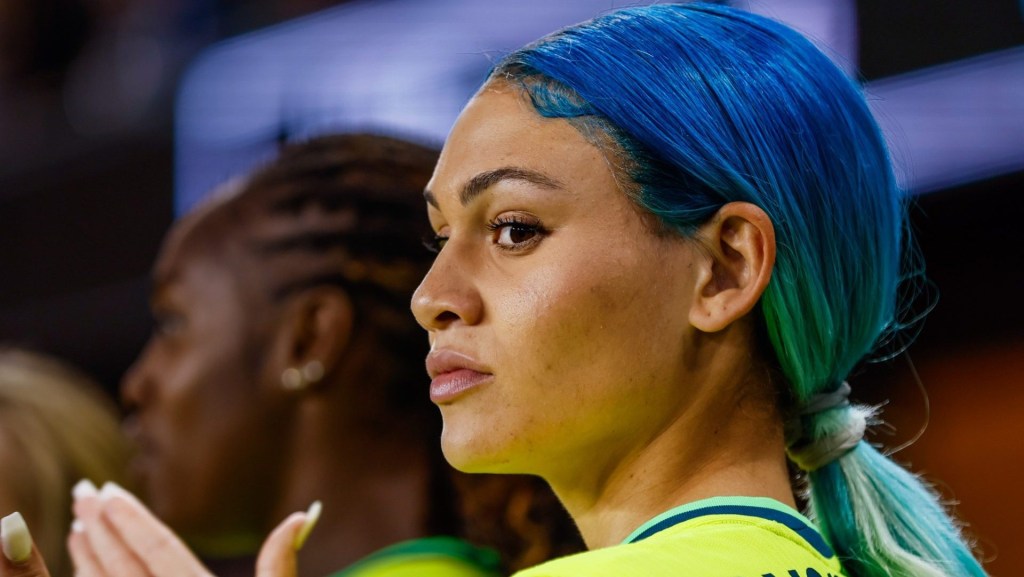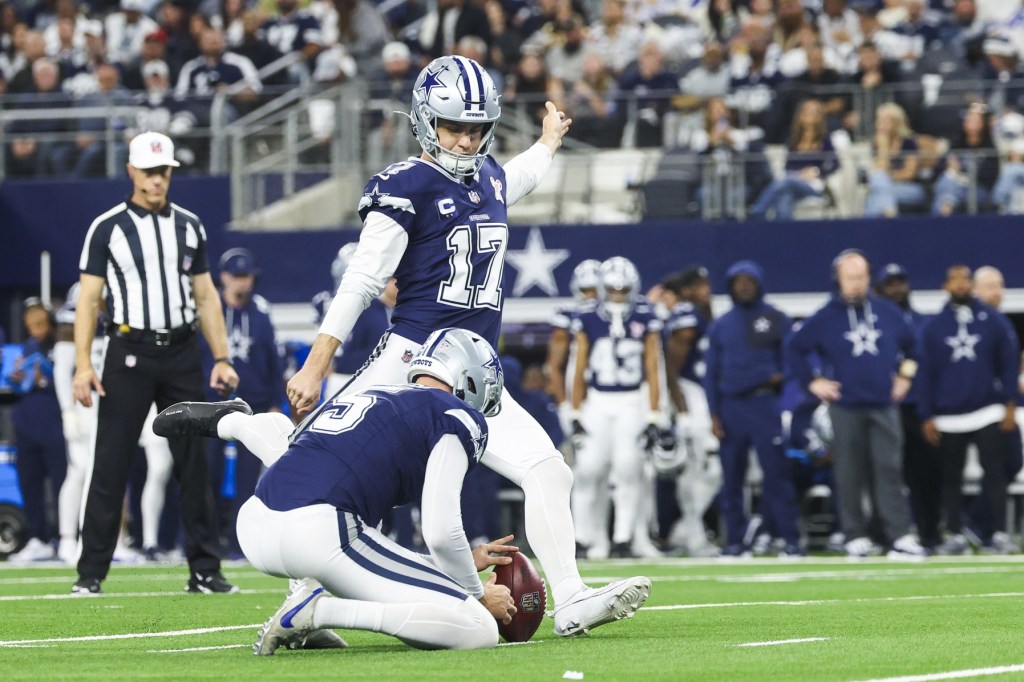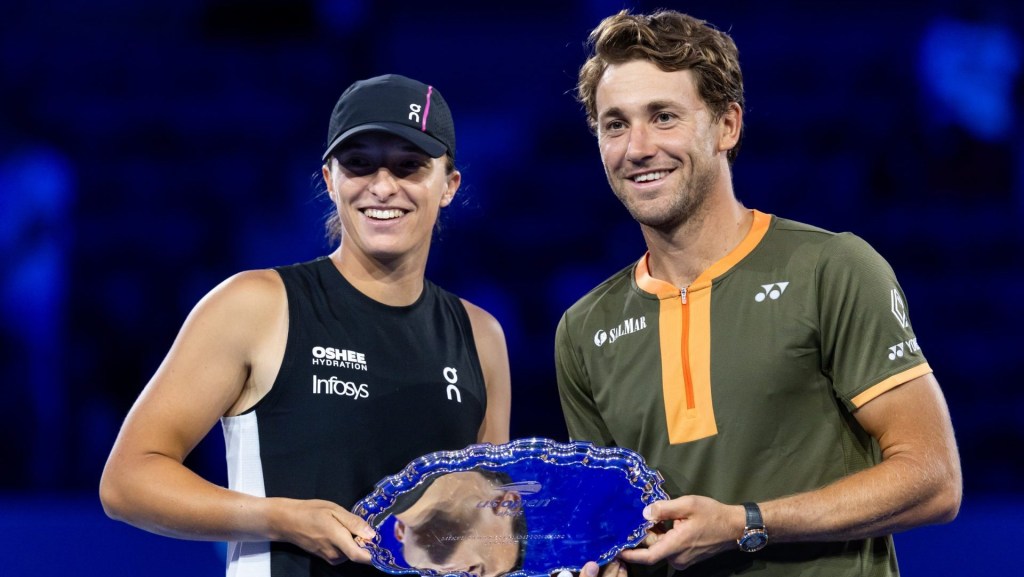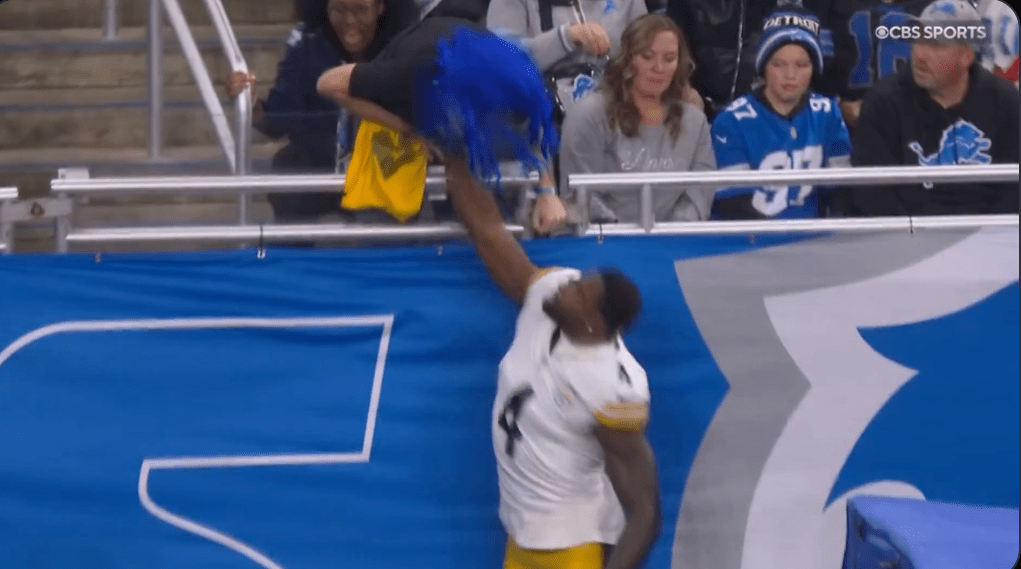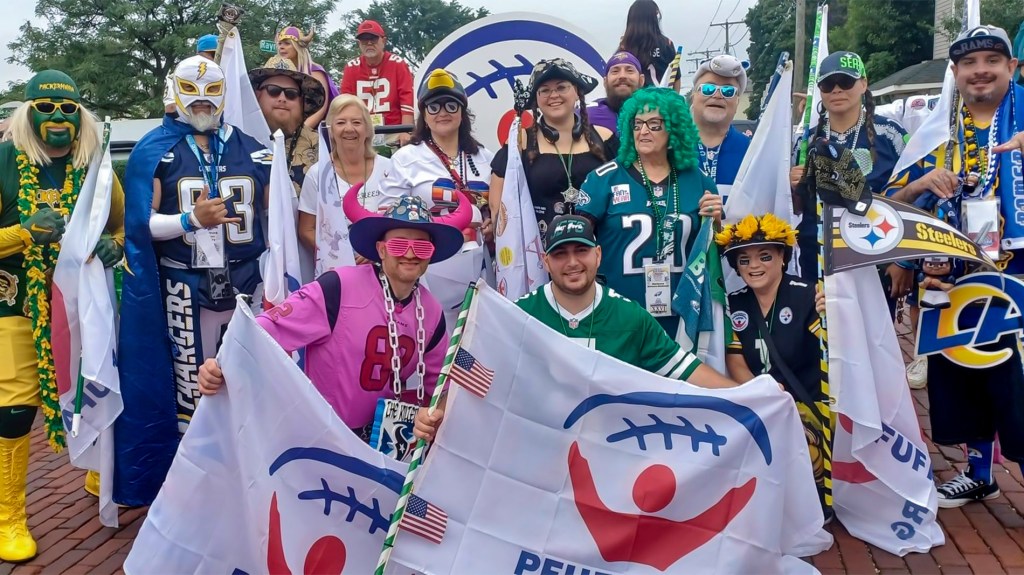BROOKLYN — “Transformational” is the buzz word being used to describe WNBA players’ expectations for the new collective bargaining agreement, which is currently being actively negotiated.
Atop the list of priorities for the players association are improved salaries, more accessible maternity benefits, a softer salary cap structure, and a potential increase in roster size.
At the ESPNW Summit in Brooklyn on Thursday, WNBPA executive director Terri Carmichael Jackson provided the first detailed update of the year on where those negotiations stand.
“We’ve been aggressive in terms of our discussions, our proposals—plural—and our meeting schedule,” Jackson said. “It’s a group project. We’re doing our part of it, and we’re just hopeful that the league sees the opportunity to have those milestones in place, work towards significant progress—it’s not just a catchphrase—by the halfway point, and work towards completion by October 31.”
Jackson said players have made it clear they are willing to sit at the table for as long as it takes—not ruling out a potential work stoppage—in order to have their expectations met.
A new CBA would need to be ratified before the start of the 2026 season in order to avoid an official lockout. But considering upcoming expansion drafts in the fall and free agency which begins in the new year, having a new CBA ratified by the end of October would be optimal.
“We remain committed to working with the WNBPA on a new CBA that is fair for all parties and lays the foundation for growth and success for years to come,” a league spokesperson said.
The current CBA was ratified in January of 2020 and was highlighted by improved salaries and benefits for players.
But those improvements—specifically the increase in salaries—quickly became antiquated following the surge in investment and attention the league received over the last five years. Last Summer, the league announced a new 11-year media rights deal valued at $2.2 billion—$200 million per year—which served as the catalyst for the players association’s decision to opt out of the current CBA last October.
“We opted out early to get things going,” Jackson said. “We’re using time to our advantage. We’re hopeful that the league sees it that way also.”
The current supermax salary in the WNBA is $249,244. The base salary for rookie players selected picks 1-4 is $78,831.
Jackson said this is an opportunity for the players to be paid salaries that reflect their true value on and off the court. The union is specifically seeking an “equity-based” economic model in the WNBA that would guarantee player salaries improve as the league continues to grow.
When it comes to a softer salary cap, Jackson said there are improvements that could stand to benefit players and the league collectively. For example, the league’s hard salary cap currently limits a team’s ability to replace players if they are on maternity leave. The WNBA currently guarantees paid maternity leave for players, but that salary counts against the team’s cap space.
The idea of a luxury tax similar to the NBA intrigues Jackson, but ultimately the pursuit of the union—and she believes the league agrees—is to clean up what was previously negotiated and create more leniency when it comes to cap exceptions.
Jackson also emphasized the need to codify charter travel. Last year, commissioner Cathy Engelbert announced that the league would implement full-season charter travel for the first time in league history, however that just covered the 2024 and 2025 seasons. There was no addendum to the CBA that guaranteed charter travel would continue past this season. The players association will look to get charter travel officially added to the new CBA.
The momentum behind the college game coupled with the rise in popularity of the WNBA as well as the success of Unrivaled is serving as a source of leverage for the players association in negotiations. When future lottery picks like Flau’jae Johnson and Olivia Miles opted to return to college for their final year of eligibility it bolstered the union’s power at the negotiation table.
At the heart of negotiations is the player association’s commitment to improving standards for the next generation of players who will propel the league through the next decade.
“There are so many players that got my attention—I believe they got the league and team’s attention too—who decided to take that fifth year,” Jackson said. “That strengthens the union side and the player side of things, because that means the pipeline is that much longer and stronger. But the moment is now… So are we seizing on every lever? Absolutely.”
